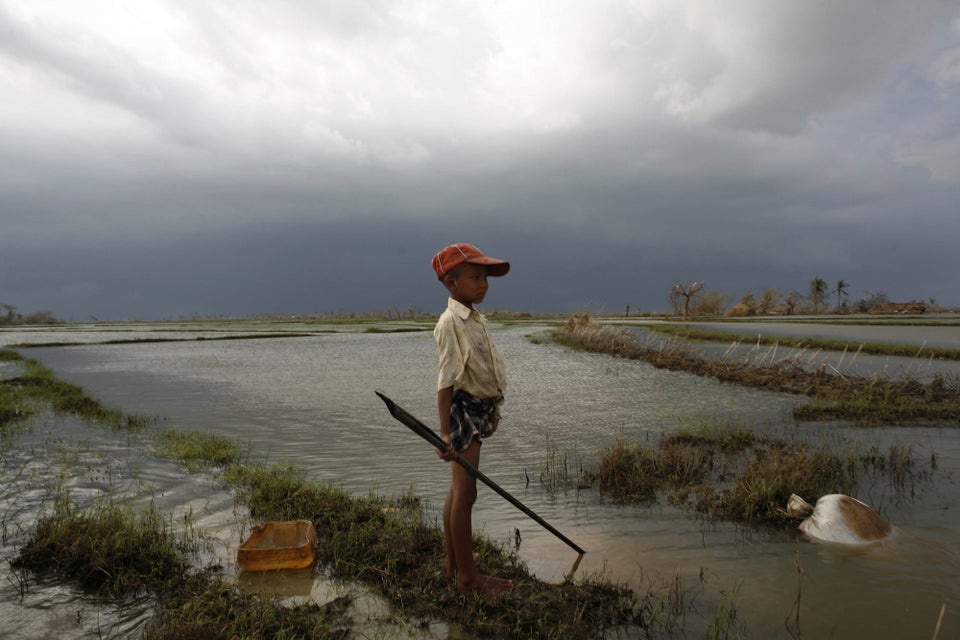For 23 years, Curtis Abbott and his family have been growing and selling Christmas trees on their farm in the town of Charlton, Massachusetts. Photos from previous harvests show picture-perfect trees — towering evergreens with sturdy branches dusted with white snow.
But this year, Abbott Tree Farm has shared no photographs.
Instead, a couple of days before Thanksgiving, the farm posted an unexpected message on Facebook: “Sorry we are closed.”
Drought, said Abbott, had forced the farm to shutter its doors this year — only the second time it’s done so in over two decades. “We feel it would be best to keep the farm closed,” he wrote on Nov. 22.
Massachusetts has been plagued by drought for months. As of last week, more than 60 percent of the state was suffering severe drought conditions, according to the U.S. Drought Monitor. The dry weather has wreaked havoc on the state’s wildlife, water and vegetation.
But it’s not just the Bay State that’s parched. Swathes of the country, including parts of the south and southeast, have been impacted by drought since the summer.
The nation’s farmers have been especially hard hit by the dry spell. Crops have failed, livestock has had to be sold and farmers like Abbott have been struggling to keep the iconic Christmas tree ― typically spruces, pines and firs ― alive.
In Alabama, ravaged by the “worst drought in memory,” Christmas tree farms “throughout the state are realizing they have no trees available this year,” farmer Roger Schwerman told The Huffington Post last week. Christmas tree farms in Tennessee are opening later in the season because of drought and in statesfrom Florida to New York, farmers have complained of dead seedlings, stunted growth and Christmas trees that are “stressed” and unusually dry.
“This is not normal. This is drought damage. You can see the needles falling off,” Mark Harnett, owner of Mistletoe Christmas Tree Farm in Stow, Mass., told WFXT-TV in November, pointing to one of his yellowing trees. “It’s not very healthy. It’s not doing well.”
Fortunately for Christmas tree shoppers, the drought will likely not impact this year’s supply of festive conifers. Even in the driest states, there will likely be enough trees to go around ― though some may be drier and less robust than in previous years. Christmas trees are hardy plants and are usually only sold when they are eight to 10 years old. It’s the younger trees that tend to be the most susceptible to drought.
Because of this, however, farmers warn that the future of the Christmas tree is less assured. Many farms across the country reported losing a significant chunk of their seedlings or young trees this year due to drought. This could mean weaker harvests in the years to come, threatening a quintessential part of a billion-dollar industry.
“This year’s drought will have a long-lasting effect,” said Schwerman, whose own trees have been left dehydrated by the dry weather. “It might drive many farms out of the tree business.”
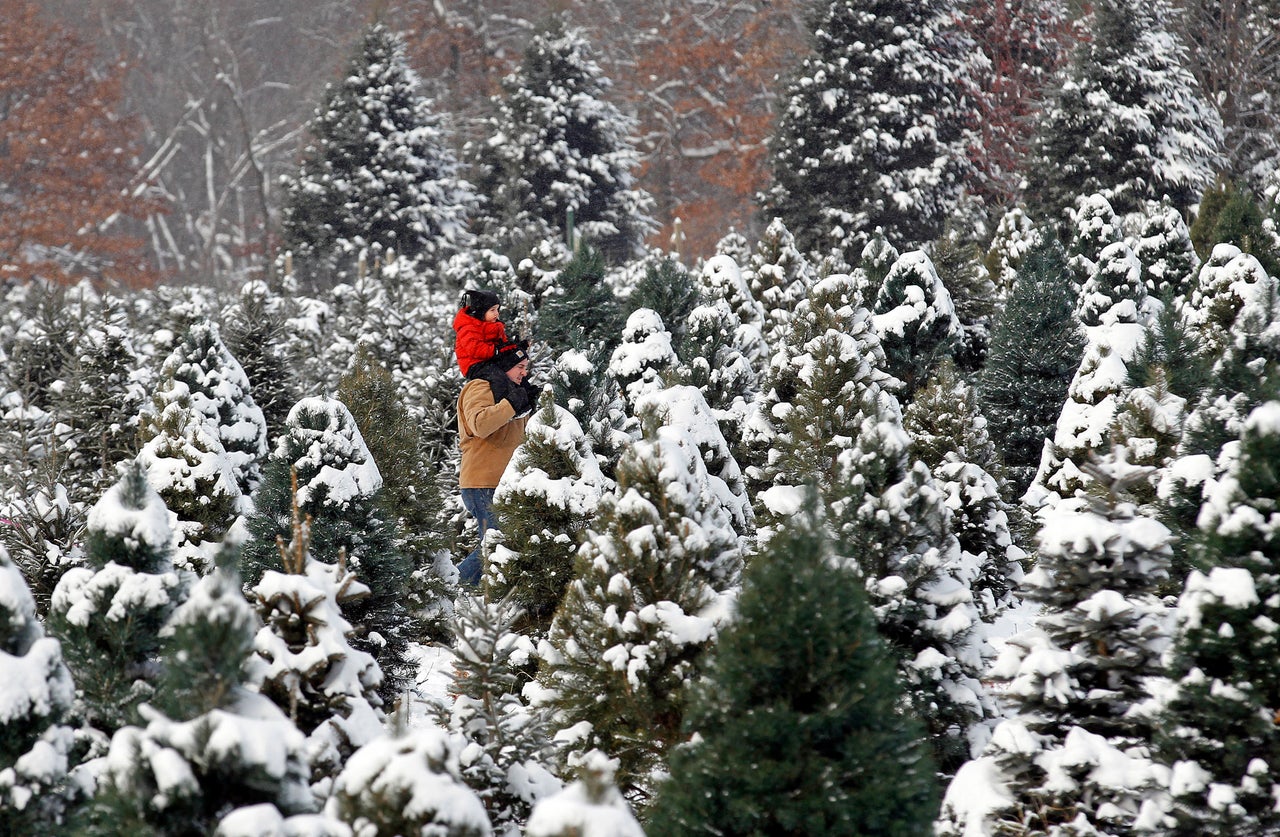
Schwerman’s Christmas tree farm is the oldest in Alabama, originally established in the 1970s. Schwerman and his family purchased the farm in 2002. In the years since, the farm, located in Laceys Spring, has endured spells of drought but none has been nearly “as severe or widespread” as this year’s, Schwerman said.
The entire state of Alabama is currently suffering drought conditions, according to the U.S. Drought Monitor, with more than 80 percent of the state in extreme or exceptional drought.
The dry weather has desiccated parts of Schwerman’s farm. Most of his mature trees have not grown an inch this year, he said, while many of his young plants have “dried up” completely.
“Two years ago, with plenty of water and perfect conditions, [the trees] went up eight, nine inches. This year, they did not grow at all. In fact we can see them over there and they are the same height they were last year,” Schwerman told WAAY-TV.
Stunted growth of Christmas trees is a phenomenon that’s been reported across many drought-stricken states.
In New York, farmer Suzanne Stoke said that some of her trees had lost about four to eight inches in height.
“A tree we thought would be seven foot this year may only be six and a half foot this year,” she told WHEC-TV.
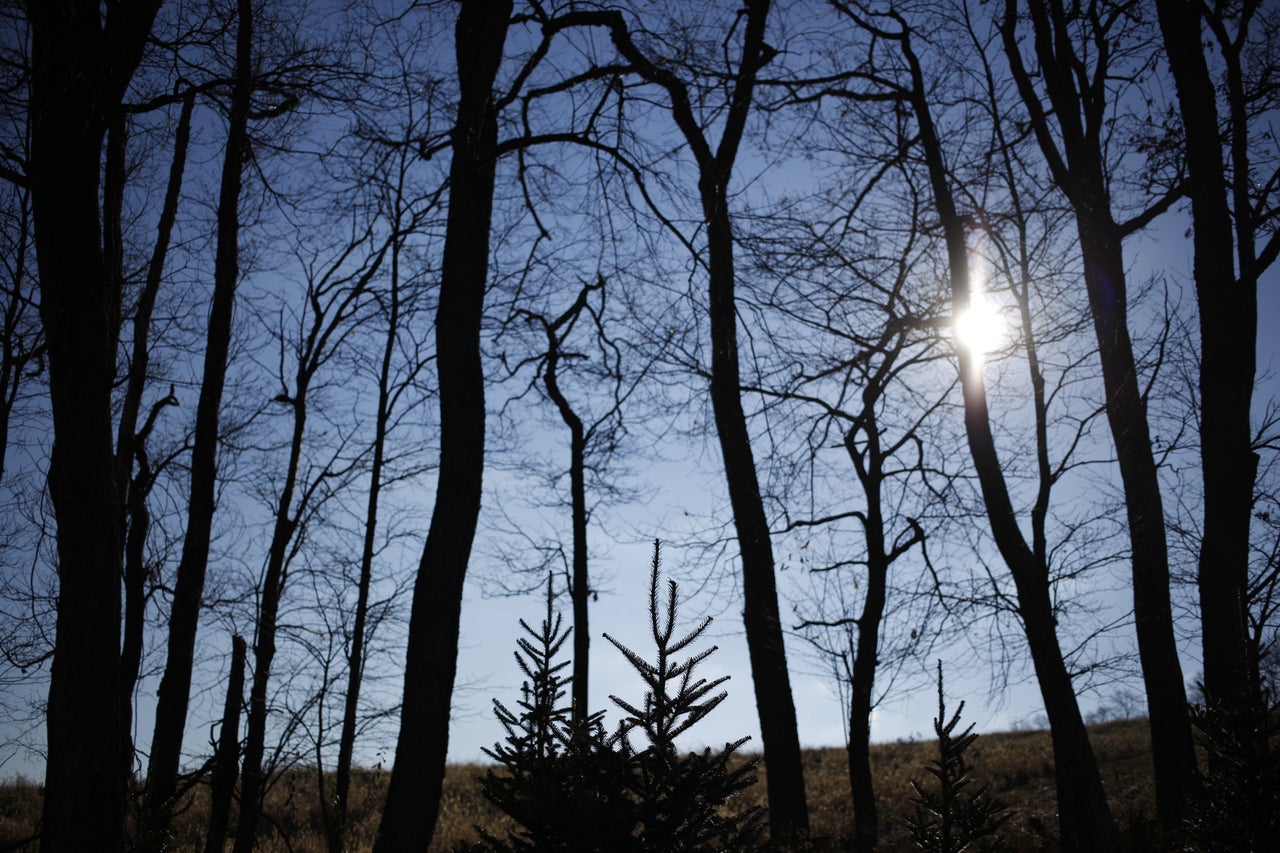
Young Ones Dying En Masse
A Christmas tree is most vulnerable to drought or other weather changes when it’s 1 or 2 years old, said Bert Cregg, a horticulture expert at Michigan State University. “This is because the new transplants are still establishing their roots systems and their roots do not extend very deep into the soil,” he told HuffPost.
In Massachusetts, a 100 percent failure rate of Christmas tree seedings has been reported, and other states have seen similarly grim numbers.
Austin Ayers, a lifelong Christmas tree farmer in Johnson City, Tennessee, told WJHL-TV that 75 percent of the seedlings he’d planted this spring had died.
Ayers said he’d “never seen a year this dry.”
In New Hampshire, farmer David Wheeler said the state’s severe drought had wiped out a year’s worth of seedlings. “Everything we planted this year died,” he told WMUR-TV.
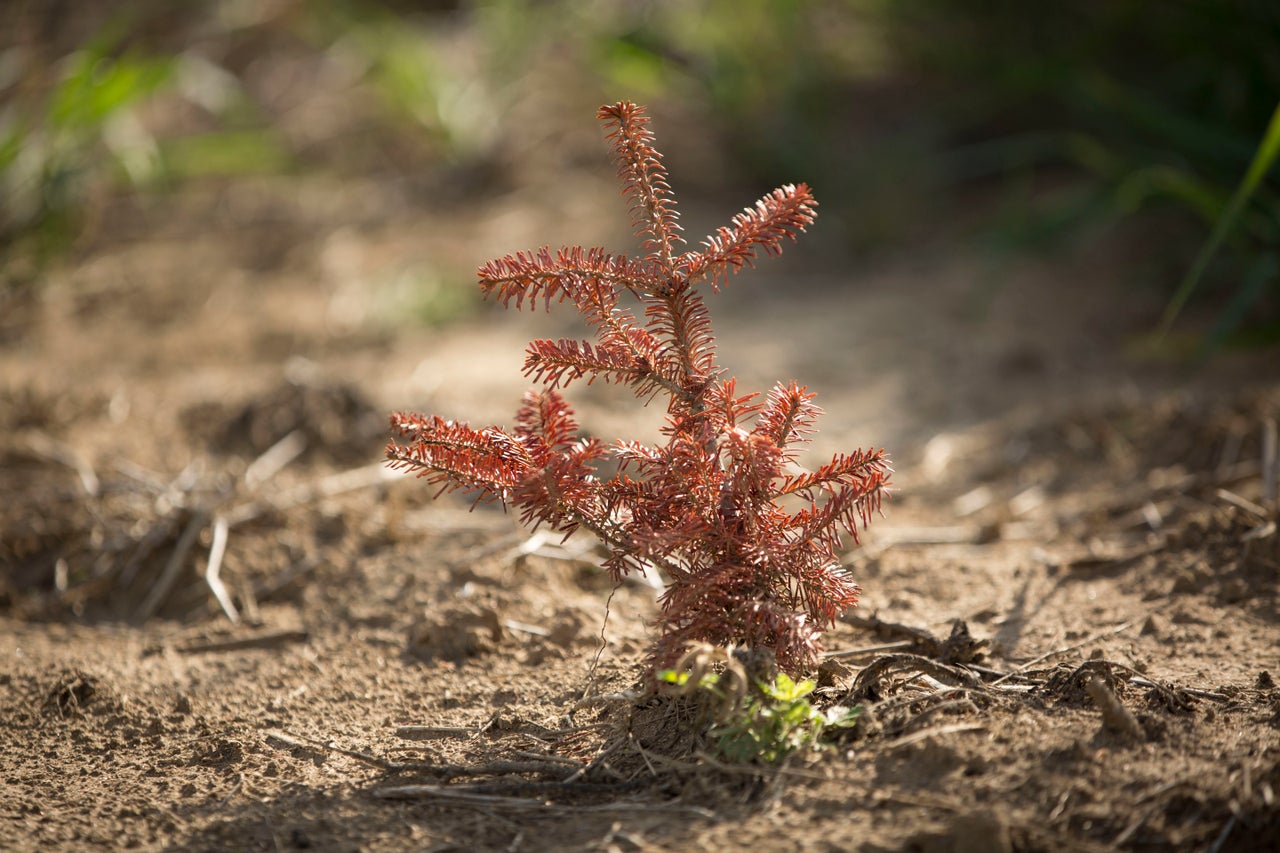
Future Harvests Uncertain
Farmers say they don’t yet know how this year’s drought will threaten future harvests, but they worry that impacts could be felt for years to come.
“Farmers are going to have to take measures in the future because seedlings that were planted this spring, which would grow and be sold, did come in very poorly,” John Lebeaux, commissioner of the Massachusetts Department of Agricultural Resources, told the Boston Globe last week.
In North Carolina, 2016’s drought and wildfires could “threaten” next year’s Christmas tree crop, reported WRAL-TV. The state’s Christmas tree industry is valued at $134 million, making it the country’s second-largest producer of the festive trees.
But according to Cregg, the outlook may not be so dire. The rains just have to fall ― and keep falling.
“Since Christmas trees are grown on an 8 to 10 year cycle and growers have the ability to adjust their inventories over time, they can re-plant young transplants that were killed this year,” Cregg said in an email. “As long as this year’s severe weather is not repeated in the next couple of years, it’s unlikely to have a major impact on future supplies.”
Climate change, however, promises to bring more frequent and intense extreme weather events ― including drought and wildfires ― to the United States in the coming years.
“One of the most likely impacts of climate change on tree crops in the near future will be late frosts ― as ironic as that may seem,” said Cregg. “As temperatures begin to warm earlier in the spring, trees will begin to break bud earlier and then are susceptible to damage from freezing weather.” In 2012, for instance, the eastern half of the U.S. experienced the warmest March on record followed by an unusually cold April marked by a series of freezes. Cherry, apple and peach crops were destroyed that spring, said Cregg. “This weather cycle also severely impacted new growth on many Christmas tree species.”
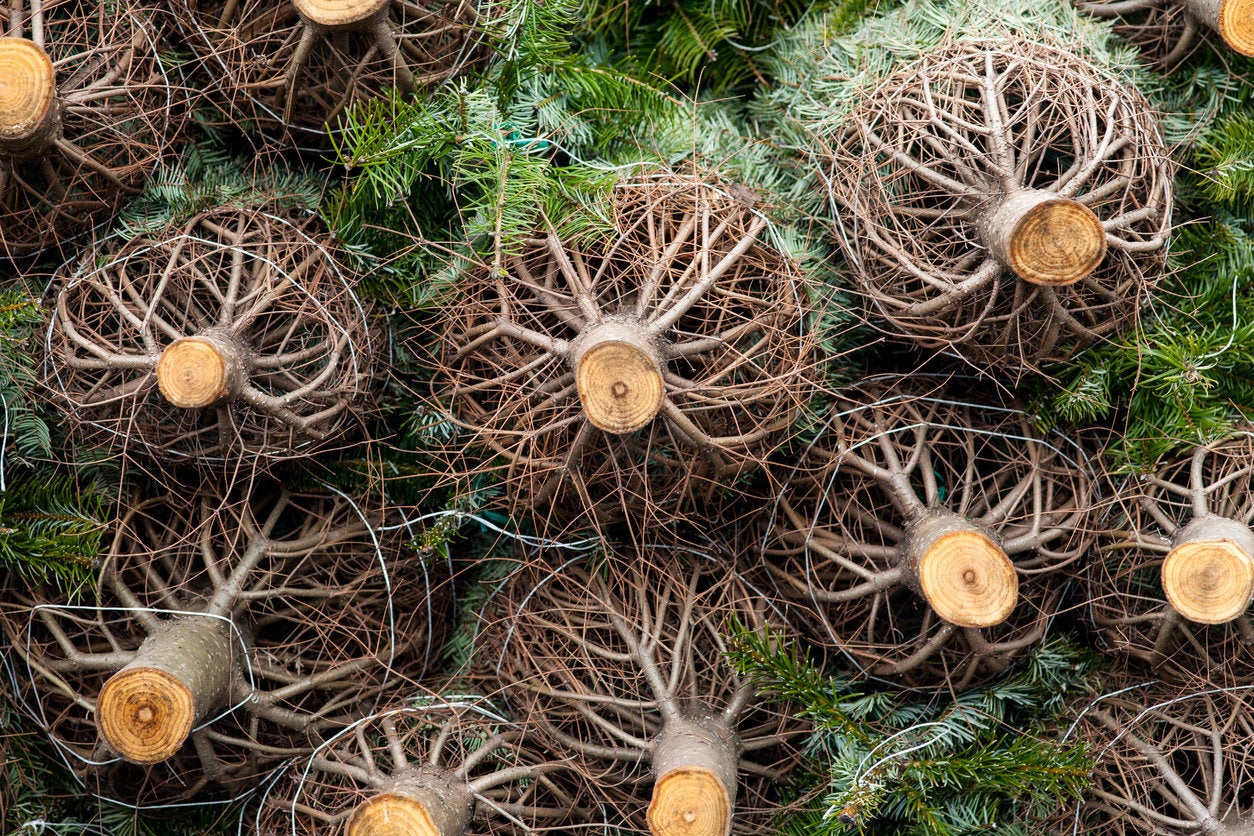
Stressed Trees Mean Fire Hazards
If you’re going out to buy a real Christmas tree in a state that’s suffering from drought, be aware that the trees may be “stressed,” said Leo Collins, the owner of Bluebird Christmas Tree Farms in Heiskell, Tennessee.
“They’re still green, they’re still shaped fine, they look good in the field, but we know they’re stressed,” he told WATE-TV. This means the trees may not remain fresh for as long as previous years and may also be drier than usual.
To check if a tree is dry, pull back its needles, said North Carolina farmer Julian Howell. “If you get a handful, you’ve got a dry tree,” he told WTVD-TV.
Keep your tree well hydrated by keeping enough water in your tree stand. Also ensure that your Christmas lights bear the certification mark of an accredited safety certification organization such as UL, CSA International, or ELT; and keep your tree a good distance away from heat sources, including fireplaces and candles.
The American Red Cross has published a list of holiday fire safety guidelines. According to the U.S. Fire Administration, heat sources cause 1 in every 4 Christmas tree fires.

